Tag: oxygenation
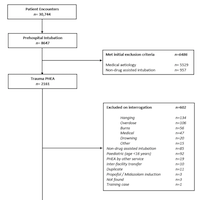
Critical Hypertension in Trauma Patients Following Prehospital Emergency Anesthesia
Delivery of prehospital emergency anesthesia (PHEA) to seriously injured trauma patients risks hemodynamic fluctuation. In adult trauma patients undergoing PHEA, 11.9% of patients experienced post-PHEA critical hypertension.... read more
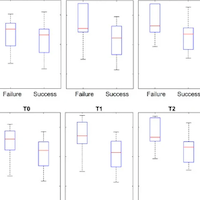
Efficacy of High-Flow Nasal Cannula Oxygen Therapy in Patients with AHRF
This study suggests that high-flow nasal cannula (HFNC) therapy in general respiratory wards may be a potential rescue therapy for patients with respiratory failure. Electrical impedance tomography (EIT) potentially monitors... read more
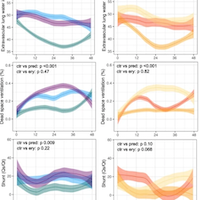
Oxygenation Improvement in Hyperinflammatory Ovine ARDS Treated with Methylprednisolone
Early and persistent improvement in oxygenation was seen only in hyperinflammatory ovine ARDS treated with methylprednisolone, while hemodynamic situation and survival was improved in both injury models and corticosteroid... read more
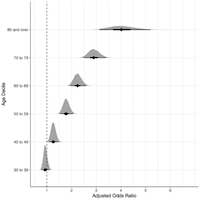
Age and Associated Outcomes Among Patients Receiving V-A ECMO
In a multinational study using the ELSO Registry, we found that increasing age was strongly associated with higher risk of hospital mortality and complications among patients receiving V-A ECMO for cardiogenic shock, with... read more
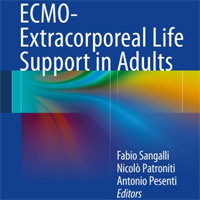
ECMO-Extracorporeal Life Support in Adults
Extracorporeal membrane oxygenation (ECMO) has been in clinical use for some 40 years, but it is only in the past decade that its application in the treatment of life-threatening circulatory and respiratory failure has truly... read more
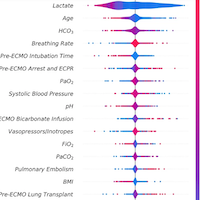
Using Deep Neural Networks for Survival Prediction in VA-ECMO
Venoarterial extracorporeal membrane oxygenation (VA-ECMO) is a complex and high-risk life support modality used in severe cardiorespiratory failure. ECMO survival scores are used clinically for patient prognostication... read more
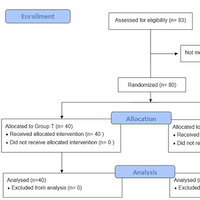
Transnasal Humidified Rapid-Insufflation Ventilatory Exchange vs. Conventional Facemask Breathing for Preoxygenation During Rapid Sequence Induction
Transnasal humidified rapid-insufflation ventilatory exchange (THRIVE), if used for pre-oxygenation and apnoeic oxygenation, has the propensity to extend the safe apnoea time and thereby decrease the incidence of desaturation... read more

Fluid Therapy for Critically Ill Adults with Sepsis
Fluids are an important component of treating patients who are critically ill with sepsis. Although optimal fluid management in patients with sepsis remains uncertain, clinicians should consider the risks and benefits of... read more

Balloon-Blowing Exercise Effect on Oxygen Saturation in COVID-19 Patients
Balloon therapy is an empirical example that patients with respiratory tract diseases can use to improve their daily care. The diaphragm and ribs are expanded and raised by the intercostal muscles, which are activated during... read more
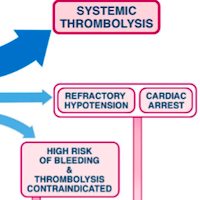
High-risk Pulmonary Embolism in the ICU
According to the European guidelines, high-risk pulmonary embolism (PE) is defined as PE associated with hemodynamic instability, including sustained hypotension, cardiogenic shock and/or cardiac arrest. High-risk PE... read more

Inhaled Hydrogen Efficacy on Neurological Outcome Following Brain Ischemia During Post-cardiac Arrest Care
Inhaled molecular hydrogen gas (H2) has been shown to improve outcomes in animal models of cardiac arrest (CA). H2 inhalation is safe and feasible in patients after CA. We investigated whether inhaled H2 would improve outcomes... read more

Strategies for Mechanical Ventilation in Patients with Brain Injury
Although direct data to guide mechanical ventilation in brain-injured patients is accumulating, the current evidence base remains limited. Ventilatory considerations in this population should be extrapolated from high-quality... read more
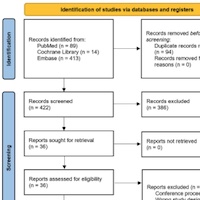
Heparin-based vs. Bivalirudin-based Anticoagulation in Pediatric ECMO
Bivalirudin may be a safe, cost-effective alternative to heparin in achieving anticoagulation in pediatric extracorporeal membrane oxygenation (ECMO) patients. Prospective multicenter studies and randomized control trials... read more

ECMO in Adult Patients Receiving HCT
Combined advances in hematopoietic cell transplantation (HCT) and intensive care management have improved the survival of patients with hematological malignancies admitted to the intensive care unit. In cases of refractory... read more




